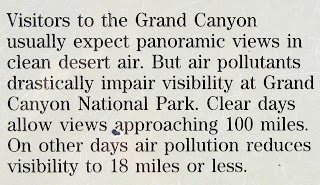 Defining Medical Terms: Jeff
Defining Medical Terms: Jeff
Pre-op: occurring before a surgical operation
Post-op: relating to, occurring in, or being the period following a surgical operation
Out-patient: a patient who is not hospitalized overnight but who visits a hospital, clinic, or associated facility for diagnosis or treatment
In-patient: a hospital patient who receives lodging and food as well as treatment
Receptionist: a person employed to greet telephone callers, visitors, patients, or clients
Doctor: a person skilled or specializing in healing arts; especially : one (as a physician, dentist, or veterinarian) who holds an advanced degree and is licensed to practice
Nurse: a person who cares for the sick or infirm; specifically : a licensed health-care professional who practices independently or is supervised by a physician, surgeon, or dentist and who is skilled in promoting and maintaining health
Pharmacist: a person licensed to engage in pharmacy, the art, practice, or profession of preparing, preserving, compounding, and dispensing medical drugs
Anesthesiologist: a physician specializing in anesthesiology, which involves the study of the loss of sensation and usually of consciousness without loss of vital functions artificially produced by the administration of one or more agents that block the passage of pain impulses along nerve pathways to the brain
Radiology: a branch of medicine concerned with the use of radiant energy (as X-rays or ultrasound) in the diagnosis and treatment of disease
I Don’t Want to Clean My Room: Jessica
The most interesting fact that I learned from this activity was that vacuum lint can also be composted along with old food! Good to know!
Test Your WaterSense: Erika
According to my final score of 495 and answering 6 out of 12 questions correctly, I am a “WaterSense Expert.” This means that there is still room to increase my knowledge about water wasting!
Barriers to Bicycling: Hannah
When I was in high school, one of my friends hit a bicyclist while driving to school. My friend was driving to volleyball practice at 6am, so the sun was not up yet. She didn’t even see the man cross the street on his bicycle. After he was hit, he immediately fell to the ground and suffered a few broken bones. The reason my friend never saw the bicyclist was because he was wearing dark clothing with no reflectors before dawn. If the man would have been wearing the proper clothing, this accident may have been avoided altogether! Just one more aspect of safety that bicyclers should take into consideration!
 Top 10 Things I Learned In HTLH 3500, Spring 2009
Top 10 Things I Learned In HTLH 3500, Spring 2009




















































